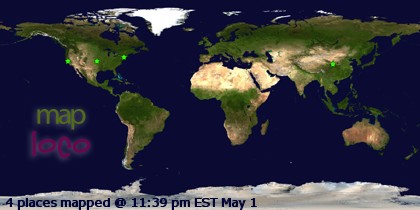No, this post is not about how the Italians park on sidewalks (leaving them no space to drive on the sidewalks).
There are several parks in Rome, the best known of which is Villa Borghese -- very accessible from the Spanish Steps area. Lesser known, newer and much larger is Villa Doria Pamphilj, a 17th century estate acquired by the city in 1970. A Pamphilj was Pope from 1644 to 1655; a bunch were Cardinals. When the Pamphilj "died out" in the 18th century, it passed to Prince Giovanni Andrea IV Doria from which time it has been known as the Villa Doria Pamphilj.
This must have been some place in its time. Expansive lawns, fountains, a waterfall and lake.
 |
| What a crap-assed place to live |
Sadly, the grounds -- while beautiful -- are generally in a state of disrepair. Huge gardens are in need of tending, the beautiful fountains...
 |
| Ornate |
...not actually fountain-ing, more like "drooling".
 |
| I'm sure this would look different if turned on |
 |
| Imagine if it was spraying water |
Some statues lay in disrepair.
 |
| Who took the top half? |
The "waterfalls" not running, making them just kinda stagnant ponds. Pretty stagnant ponds, but stagnant ponds none the less. Still, they're popular with turtles and ducks.
 |
| Used to be waterfalls |
 |
| Just imagine |
 |
| Duck |
 |
| One of about 1,000 turtles |
 |
| Another |
 |
| Seems mad at me |
 |
| Walls of shells |
 |
| S T R E T C H... |
The lake itself is pretty if a bit murky.
 |
| Looking back across the lake to the "waterfalls" |
Given that it's the residence of a former Pope, it should not be a surprise that it has its own chapel.
 |
| The front |
 |
| The side |
 |
| The Back, Pt. 1 |
 |
| The back, Pt. 2 |
There's a couple of beautiful "casino" (no, you don't bet there).
 |
| I wonder what this looked like in its heyday |
 |
| Peeking out of the grotto |
Did I mention this was a stunningly beautiful Baroque palace?
 |
| Oh, to be filthy rich |
 |
| Probably has no central air |
 |
| Who would want to live here? Really? |
I bet it's a "fixer-upper".
On the north side of the property, there's this aqueduct, built in the 1st century.
 |
| The Aqua Paola or Aqua Traiana |
It feeds the Fontane della'Acqua Paolo we saw a few days ago, bringing in water from sources 40 km to the north.
There was a battle in 1869 for Rome. Not sure why (my history on this is a bit rusty) but the park was a primary battleground, and in honour of the victory, they built a triumphal arch.
 |
| The Arch of the Four Winds |
Just at the exit to the park and past the Arch we saw a couple of uniformed Italian military; turns out, just across the street (in Villa Abamelek) is the Russian Embassy. The arch, the embassy and the park's entrance/exit are right near a main gate through the Aurelien Wall...
 |
| The Porta San Pancrazio |
...and both the aqueduct and the north boundary of the park are in fact the ancient Via Aurelia Antica.
That put us on top of the Janiculum hill over Trastevere again, only this time, we went down the hill and explored (till we found gelato).
 |
| The quiet streets of Trastevere |
 |
| More peaceful than it looks |
 |
| Wow. No traffic. |
 |
| The definition of "distressed" |
...see a few cats and dogs...
 |
| Like Jasper, only fatter |
 |
| Like Jello, only homeless |
 |
| Zonked |
...women in stupidly high heels walking on cobblestones...
 |
| Karen took this, not me |
...Karen to drop her gelato on her shirt (key learning: not chocolate, even if it has orange in it), then head home for dinner.
Tomorrow: the flower market (let's see how it compares to Amsterdam's) and grocery shopping, Italian style. If we have time, maybe Castel San Angelo.









































1 comment:
Ah, Trastavere... Lois and I stayed there a few years ago in the Ripa Hotel. I had the best meal of my life in a little restaurant in Trastavere, and learned the truth about capuccino after 12:00.
Loving the blog!
Post a Comment